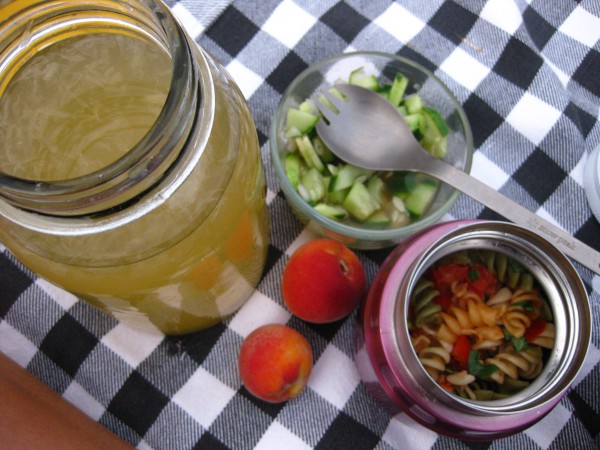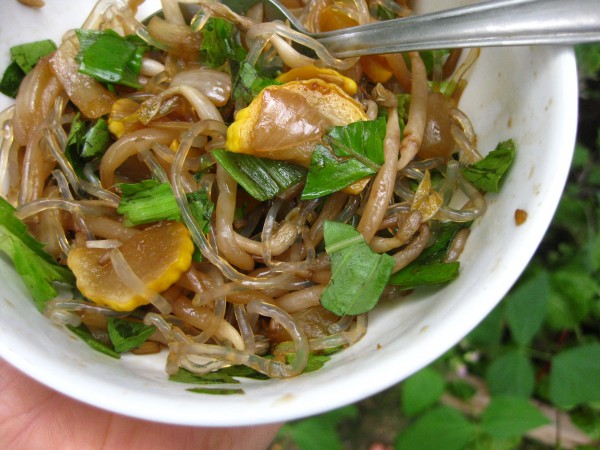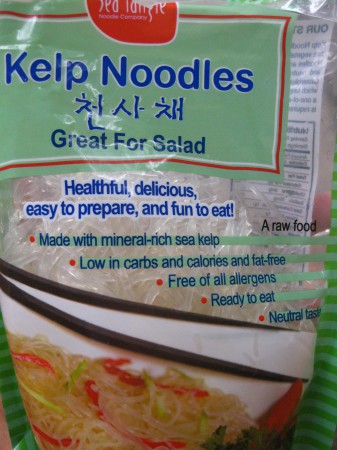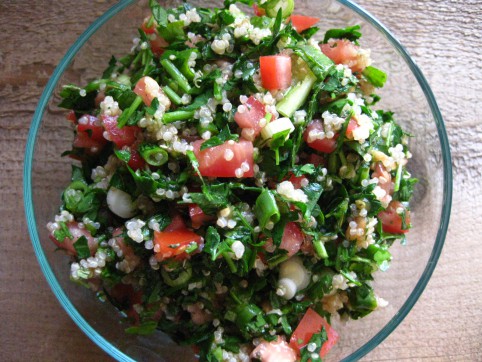
***
Iced tea and lemonade — it’s a great combination!
I’ve been perfecting my AP recipe over the summer and I’ve got it just the way I like it. You may want to make slight adjustments according to your tastes of course.
(I find myself craving and making Arnold Palmers when I’ve got some extra nausea goin’ on and plain water doesn’t appeal. So keep it in mind for hydration during times of illness, too.)
***
Lindsey’s Homemade Arnold Palmer
1 tsp good quality black tea OR 1 teabag (for APs, my favorite happens to be Mountain Rose’s bulk Nepalese Black Tea)
3 Tbsp freshly squeezed lemon juice (~ 1 medium lemon)
2 Tbsp honey or maple syrup
1 cup cold water
1 cup ice, OR an additional 1/2 to 1 cup of cold water
***
Boil water for brewing the tea. (Decaffeinate the tea first, if you like.)
Then, in a mug or measuring cup, pour 1/2 cup of boiling water over the tea and allow it to steep for several minutes — only 1/2 cup because you’re making a concentrate.
While the tea is steeping, in a tall glass combine 1 cup of cold water, the lemon juice, and the honey or maple syrup. (If you’re using honey, you may need to dissolve it in a little bit of warm water first.)
Once your tea has steeped for at least several minutes, strain out the leaves and pour into your glass with the water/lemon/honey.
Add either 1 cup of ice OR 1/2 to 1 cup of additional cold water — depending on how cold you want it, how soon you want to drink it (waiting for the ice to melt, you know), and how strong you like it. I usually like mine not-as-cold, ready immediately, and on the more dilute side, so I add the full 1 cup of water in place of the ice.
***

It's lovely to take on picnics
*****





































